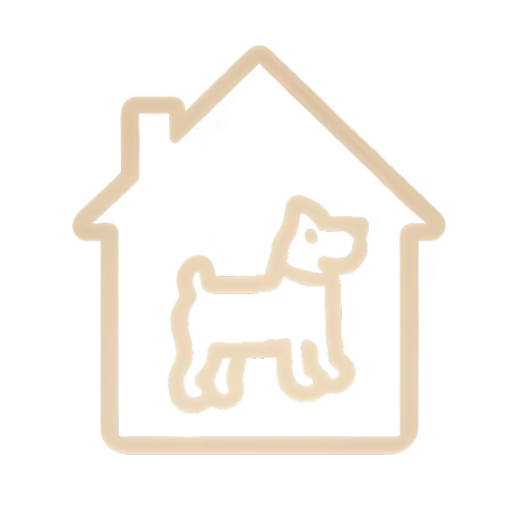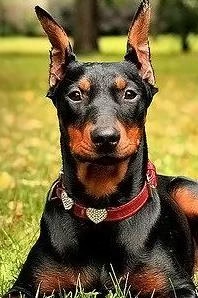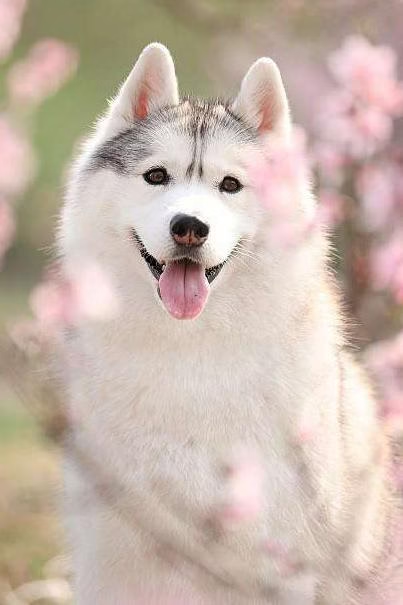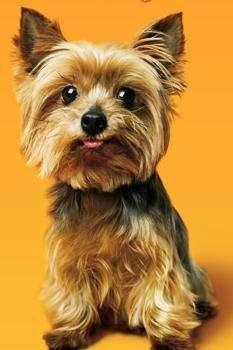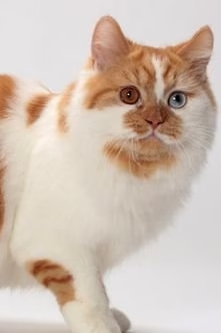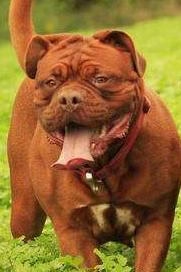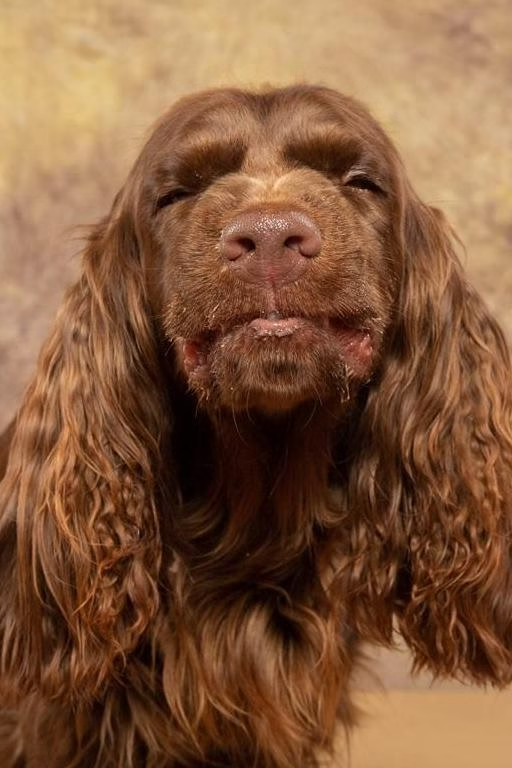Australian Shepherd (Aussie Shepherd/Aussie)
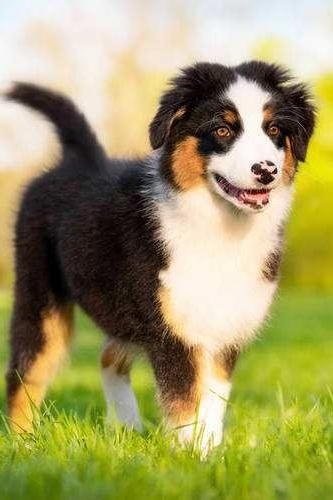
Australian Shepherd
Aussie Shepherd/Aussie
Basic Information
- Category: Pet Dog
- Origin: United States
- Body Type: Medium
- Height: 50-58 cm
- Hair Length: Long-haired
- Lifespan: 10-15 years
Ratings
| Trainability | ⭐️⭐️⭐️ |
| Affection Level | ⭐️⭐️ |
| Barking Level | ⭐️⭐️⭐️ |
| Shedding Level | ⭐️⭐️ |
Breed Introduction
The Australian Shepherd is a working dog with strong herding and guarding abilities. They are loyal companions and have the stamina to work all day long. Very harmonious, slightly longer in body than in height, medium-sized, with medium bone mass, and come in a variety of colors that are distinctive. Australian Shepherds are focused and lively, flexible and agile, muscled but not heavy. Their coat is of medium length, rough and coarse. Mastering routine grooming, understanding common canine diseases, and breeding behavior is crucial for the dog’s better and healthier growth, which is also important for dog owners.
Originating in America, they emerged in the 19th century. Although called the Australian Shepherd, they were mainly bred in the United States. Their lineage traces back to the Collie, with the earliest origins linked to the Basque region of France and Spain.
The Australian Shepherd is a working dog with strong herding and guarding abilities, excelling particularly in search and rescue roles, praised for their high obedience. This breed was not well-known outside the United States in the past, but now its recognition has greatly increased due to its trainability, loyalty to owners, and attractive appearance.
Initially, Australian Shepherds were primarily used as working dogs in California, and they are able to adapt to the variable local climate; later, they were also used as show dogs and military dogs, particularly contributing to search and rescue efforts. Their temperament is similar to that of Golden Retrievers and Labrador Retrievers. They are affectionate and playful, yet retain a fundamental working nature. As this breed was not purposefully bred, reducing their size remains a goal for some breeding specialists.
